Syrian Refugees Flood Into Jordan’s Dry Northern Region
In states surrounding Syria — especially resource-poor Jordan — the influx of more than 120,000 Syrian refugees is putting a squeeze on the water supply.
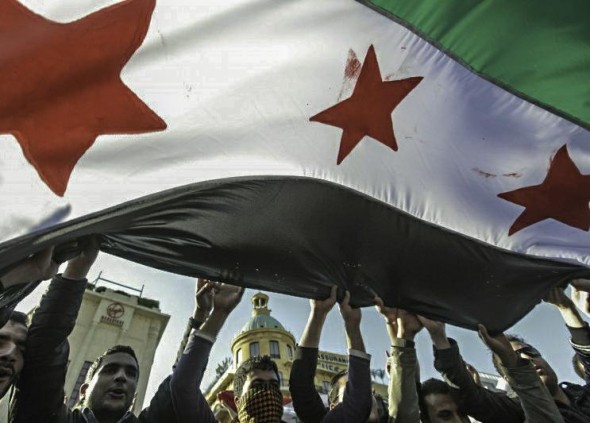
The violence in Syria’s protests against the regime of Basher Al-Assad, protests which began in January 2011 as part of the wider Arab Uprisings, is having important consequences in neighboring countries as well. An estimated 120,000 refugees have poured into Jordan, and these refugees are settling in some of the driest areas of the country, in the northern cities of Mafraq, Irbid, Ramtha, Jerash, and Ajlun, according to The Lebanon Daily Star.
Because the Syrian government has repeatedly used violent force against its own citizens, the United Nations (U.N.) has sent Kofi Annan as a Special Envoy to the country. But U.N. Secretary General Ban Ki-Moon has made it clear this week that “the Syrian violence may erupt into a full-scale civil war,” according to Reuters.
Though Jordan says that it has not made an official decision about water management, The Lebanon Daily Star reports that the country is aware of the logistical challenges of harboring incoming refugees. This sudden population increase is not new for Jordan, which has taken in Palestinian refugees over the course of the 20th century, in addition to significant number of Iraqis since the American invasion in 2003.
Each refugee needs at least 80 liters (21 gallons) of fresh water a day, Jordan’s Ministry of Water and Irrigation told The Lebanon Daily Star, which means an additional 9.6 million liters (2.5 million gallons) per day are needed.
Supply and Demand
The water challenge is compounded in Jordan — one of the 10 most water-poor countries in the world — which is 92 percent desert and which currently has a deficit of 500 million cubic meters (132 billion gallons) due to a prolonged period of below-average rainfall, according to The Lebanon Daily Star.
Furthermore, Jordan’s population of 6.7 million is growing by 3.5 percent a year, and the country expects it will need 1.6 billion cubic meters (432 billion gallons) a year by 2015. This is nearly double the 900 million cubic meters (240 billion gallons) annually that the country uses now, 60 percent of which goes toward agricultural production.
To meet the rising demand, the government has been considering risky water extraction methods.
In 2009, construction began on a $US 1 billion plan, slated to be completed in 2013, to tap the 30,000-year-old Disi aquifer, though it may have high levels of radiation. Additionally, Jordan — along with Israel and the Palestinian Authority — is considering a $US 15 billion canal that would run from the Red Sea to the Dead Sea, and construction on an exploratory pipeline also began in 2009.
Meanwhile, international organizations have recognized the critical needs of the country and have taken action. For example, the World Food Program of the United Nations began distributing food and other supplies in April and will continue to do so. The World Food Program is current assisting 12,500 refugees, and, according to the Jordan News Agency, has the capacity to assist 25,000.
Source: The Daily Star (Lebanon), Jordan News Agency, MENA FN, Pacific Standard, Reuters



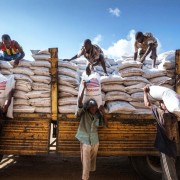
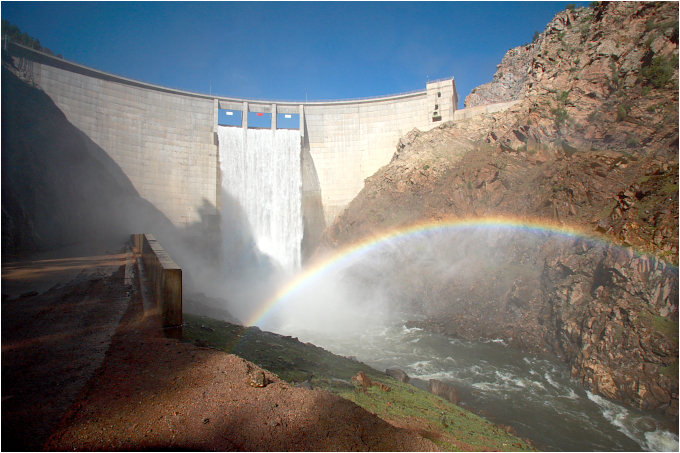
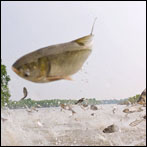

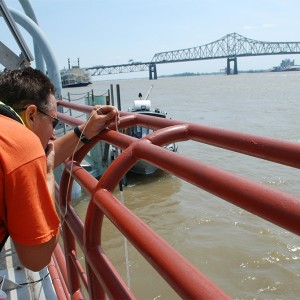
Leave a Reply
Want to join the discussion?Feel free to contribute!